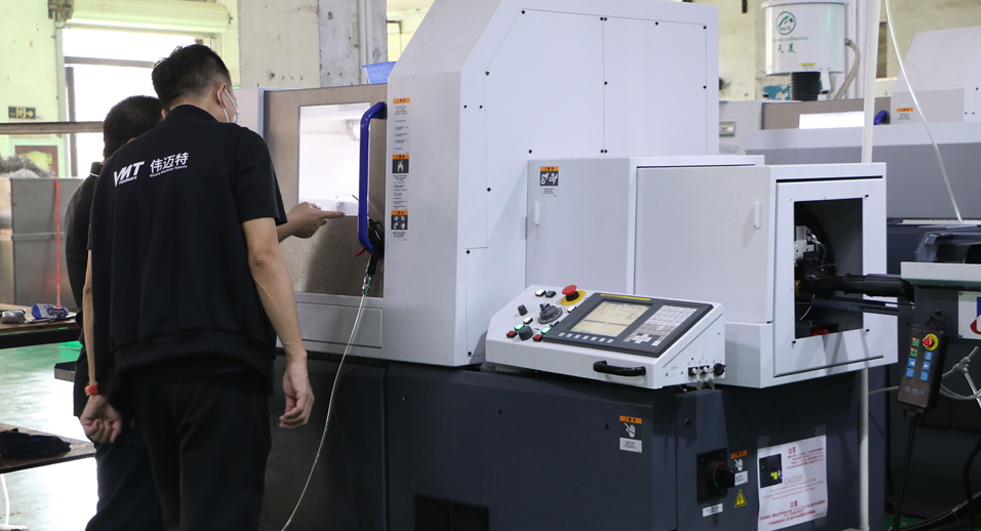In the process of CNC machining, we often find that the workpiece has a large and small head taper, which affects the accuracy of CNC machining parts. This phenomenon mostly occurs when the workpiece sticks out for a long time and the material is too hard. Or because of the tool factor!
How to deal with this situation?
1. Try changing the tool with a smaller rounded corner
2. Reduce the finishing allowance
3. Use the top or if there is no top, open the clamping and segment CNC machining multiple times
4. Use u to compensate back in the program. For example, the shaft with a length of 50, the front end is 20, and the tail end is 19.8 to reduce the excessive taper. It can be G1U0.2Z-50.f0.1
5. For the irregular diameter fluctuation of a certain diameter and the same length, it may be that the ball of the screw or the screw is worn, or iron and copper scraps fall into the ball track slideway.

In the processing of the outer diameter knife and the inner hole knife, the straightness is not enough. We generally call it an ellipse. This situation is generally caused by the jumping of the clamped material during rotation. The reasons for the jumping are as follows:
1. The chuck is worn or the chuck claw is worn, and the workpiece jumps greatly. It is ok to replace or repair it.
2. The nose of the spindle is worn and dirty at the taper, and needs to be cleaned or re-grinded.
3. The material is long, and the tail of the material is not fixed, causing the tail to shake.
4. The spindle bearing is loose or the bearing is worn and needs to be replaced. The spindle bearing is more expensive, and it is necessary to carefully confirm whether the bearing is really worn.
To sum up, in order to ensure the quality of CNC machined parts, in addition to the correct use of tools and tooling, and reasonable programming, it is also necessary to understand the performance and life of CNC machined machines, and do a good job in maintenance.